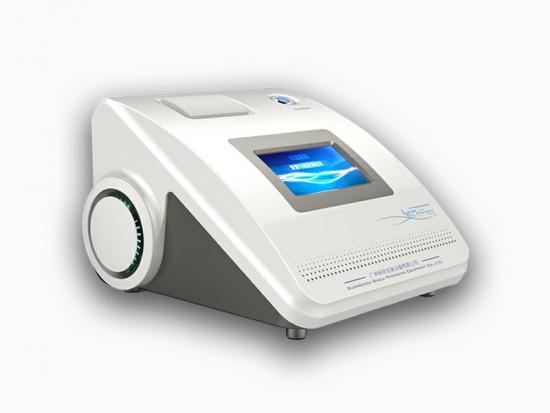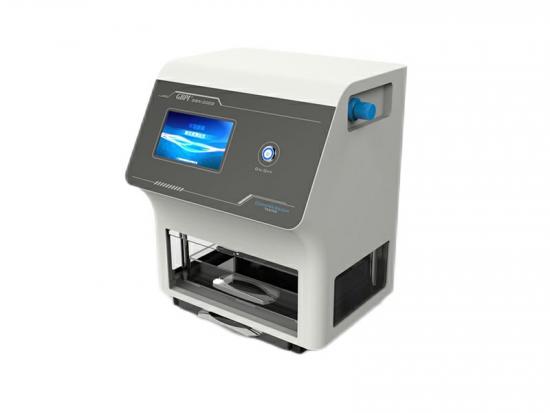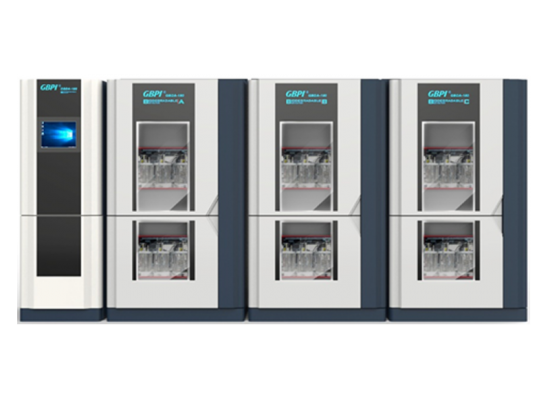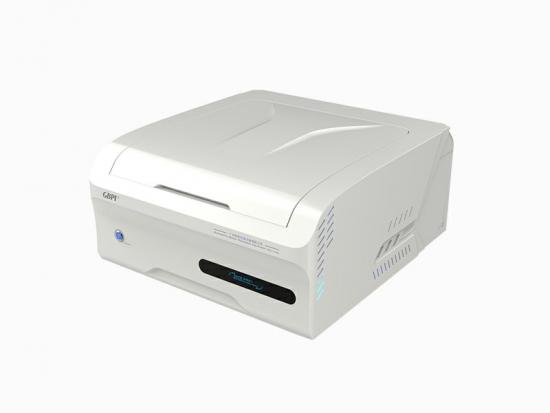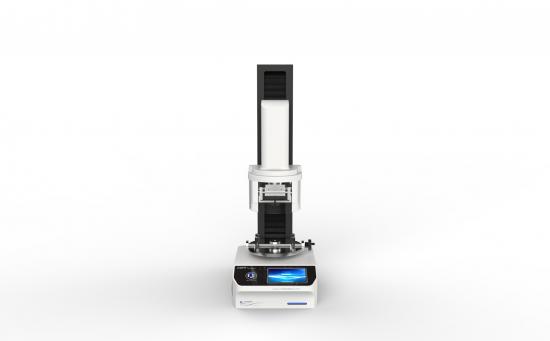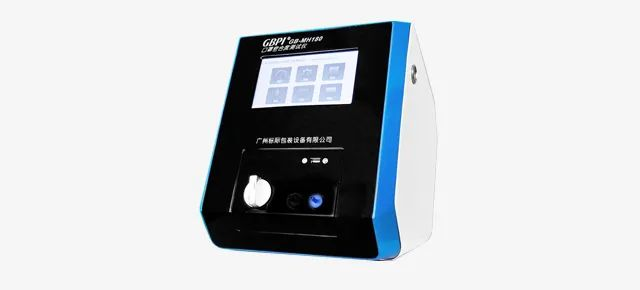Abstract
The tightness of the mask is an important indicator for evaluating the protective performance of the mask. The better the tightness, the better the fit between the selected mask and the user's face shape. The user can get the expected protective effect by wearing this mask. This article briefly introduces the test method, principle and equipment of the mask tightness test. From the test process described in this article, it is relatively simple to use the GB-MH180 Mask Tightness Tester to test the mask fit performance, and the tester is easy to operate and intelligent. The tester adopts imported embedded particle counter and imported air filter, the test result is highly accurate, which can quickly and accurately verify the tightness of respiratory protective equipment such as masks.
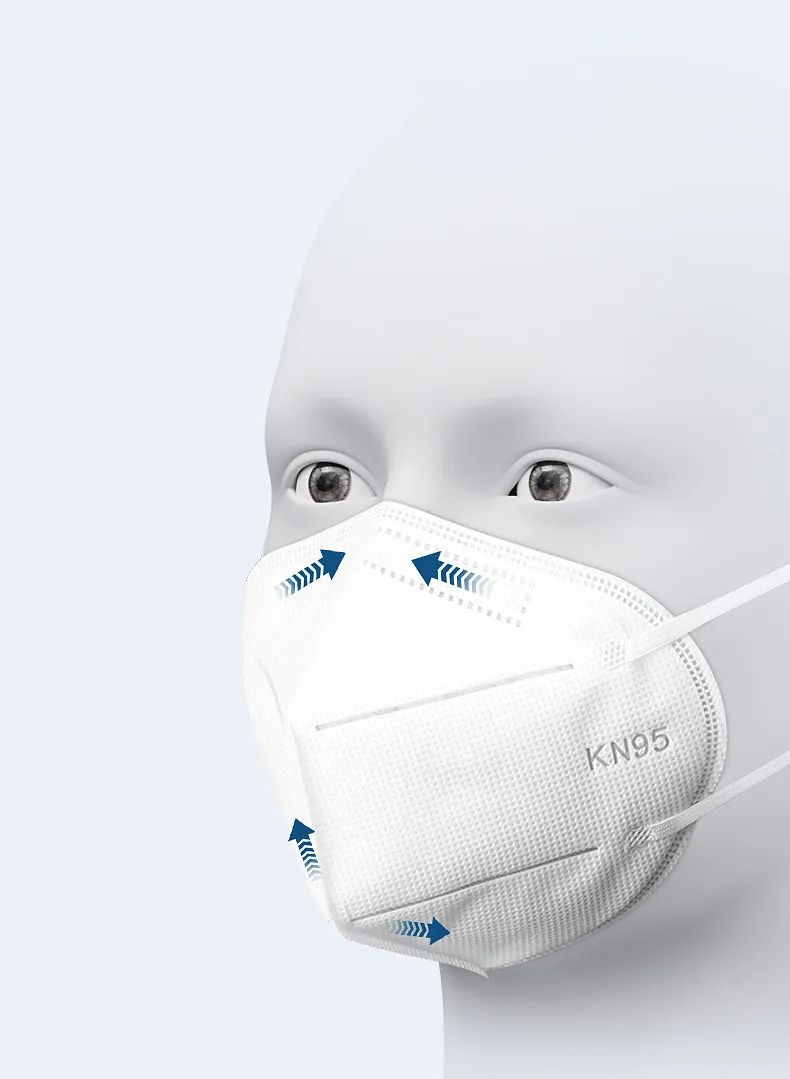
The protective effect of the mask depends not only on the filtration efficiency of the filter material, but also on the degree of close contact with the wearer's face. In actual use, it is impossible for the edge of the mask to completely fit the face. Except for a small amount pollutants that penetrates through the filter material, most of the other pollutants leak from the fitting part of the mask and the face. Ordinary users often only pay attention to common issues such as the protection of masks against particulate matter and germs, while ignoring the individuality of whether the mask matches the user. suitable to reduce its protective effect. Therefore, the tightness is an important indicator for evaluating the protective performance of masks. GB 19083-2010 technical requirements for medical protective masks stipulates 'The design of the mask should provide good tightness, and the total fit factor of the mask should not be less than 100'.

PART 01
Test methods and instrument
Standard
US Occupational Safety and Health Administration (OSHA) standard "Respiratory Protection" (29 CFR1910.134)
GB 19083-2010 Technical requirements for medical protective masks;
GB/T 18664-2002 Selection, use and maintenance of respiratory protective equipment;
OSHA 29 CFR1910.134 Respiratory Protection.
The tightness of respiratory protective item such as masks is determined by a fit test. Suitability tests are divided into qualitative suitability tests and quantitative suitability tests. Qualitative suitability tests are based on the subject's perception of the test agent (saccharin, irritating smoke, etc.) to judge the results. Due to the subjectivity of its judgment, it is easy to lead to the failure of the test results. The quantitative fit test requires the aid of a mask tightness tester.
The test principle of the quantitative suitability test: by using the mask tightness tester to quantitatively measure the concentration of the external testing agent of the respiratory protective equipment and the concentration of the testing agent leaking into the respiratory protective equipment during the simulated operation activities of the person wearing the respiratory protective item, calculate the ratio of the concentration of the detection agent outside the respiratory protection item to the concentration of the detection agent leaked into the interior is used to obtain a suitable factor, and the tightness of the respiratory protection item, such as masks, can be quantitatively determined.
The GB-MH180 Mask Tightness Tester independently developed by GBPI, is a equipment for testing the fit (fitness test) of respiratory protective item. The ratio of the concentration leaking into the interior can quickly confirm the fit performance of respiratory protective item, such as masks.
Test process
According to the standard GB/T 18664-2002 selection, use and maintenance of respiratory protective item, this article chose GB-MH180 mask tightness tester and N95 protective masks in the market, to introduce the specific test process of the quantitative suitability test of masks.
1. Preparation before the test
1) Install the mask sampling tube: puncture the breathing area of the mask close to the wearer's mouth and nose, and install the sampling tube.
2) Power on: Connect the power cord of the host, and press the power switch.
2. Parameter setting
The experimental time of 6 actions, such as normal breathing, deep breathing, shaking his head left and right, set to 60s. The reference value of the environmental concentration is 70000pcs/L, and the standard value of the fitness factor is 100.
1) Before the test, clean the particle counter and click the "self-cleaning" button in the upper right corner of the test interface to start the self-cleaning procedure.
2) Check whether the environmental detection concentration meets the set requirements, click the "Daily Check" button, and the instrument will automatically start the detection. When the number of particles in the air is less than the set value, turn on the aerosol generator to increase the particles in the environment. When the environmental concentration of the test agent reaches the no-test requirement, the instrument does not run the test function. During the test, the stability of the environmental concentration should be ensured, and the concentration fluctuation should be controlled at 10%.
3) Subjects should wear masks according to the instructions for use, and check before the test: the masks have no tendency to move, the mask straps should not be too loose or too tight, the nose clips fit the bridge of the nose, and there is no air leakage around.
4) Click the "Run" button on the test interface, and follow the prompts on the test interface to complete the 6 actions of normal breathing, deep breathing, shaking head left and right, raising and lowering head, speaking loudly, and bending over. The instrument records the concentration change in real time, automatically calculates the fit factor and total fit factor, and automatically determines the test result according to the set standard value.
5) To continue the test, repeat the above test steps.
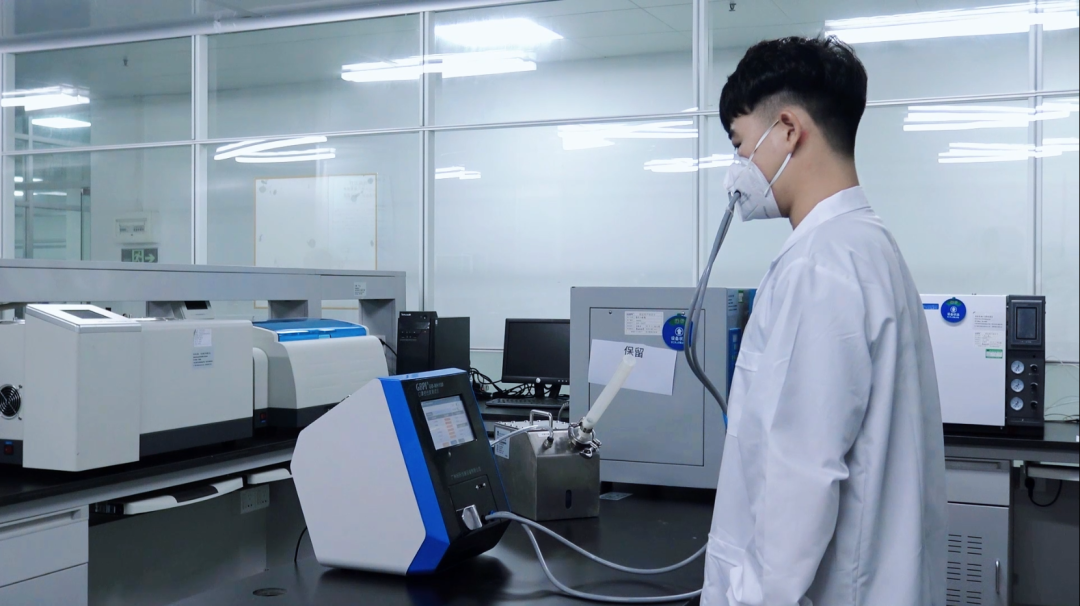
PART 02
Conclusion
The purpose of the suitability test is to check the tightness of the user before a certain respiratory protective item such as a mask, so as to ensure that the user of the respiratory protective item can obtain effective protection against the harmful environment. From the test process described in this article, it is relatively simple to use the GB-MH180 mask tightness tester to test the fit performance of masks. The test equipment is easy to operate and intelligent in operation. It adopts the quantitative suitability test mode, and the test results are highly accurate, which can quickly and accurately verify the tightness of respiratory protective item such as masks.


We GBPI is a professional manufacturer focused on developing and producing packaging material test instruments. Committed to providing comprehensive, professional and high-quality products and technical services for packaging, food, medicine, testing and other industries. Founded in 2002, the company has received IOS9001 certification and recognized as high-tech enterprise and software enterprise by national authority. We hold numerous technology patents and software certificates from the national authority, and gained awards for technological progress.

 info@gbtest.cn
info@gbtest.cn



 en
en ru
ru es
es ar
ar

